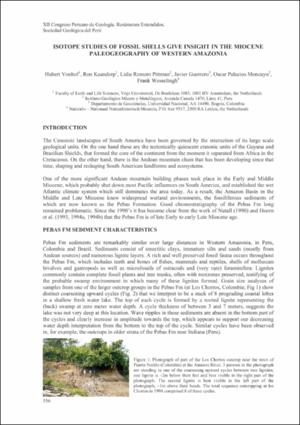Please use this identifier to cite or link to this item:
https://hdl.handle.net/20.500.12544/3461Files in This Item:
| File | Description | Size | Format | |
|---|---|---|---|---|
| Vonhof-Isotope_studies_of_fossil_Amazonia.pdf | Artículo de congreso | 904.3 kB | Adobe PDF | View/Open |
| Vonhof-Isotope_studies_of_fossil_Amazonia-ocr.pdf | 3.26 MB | Adobe PDF | View/Open |
This item is licensed under a Creative Commons License












